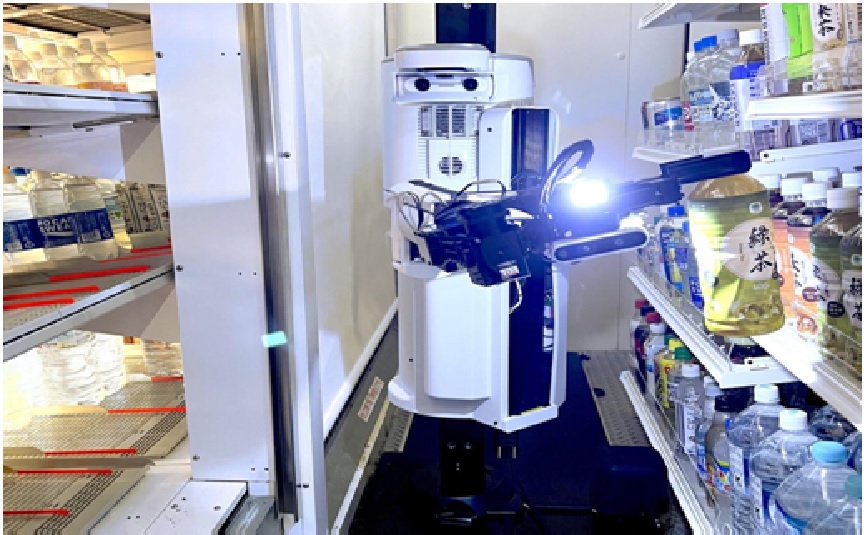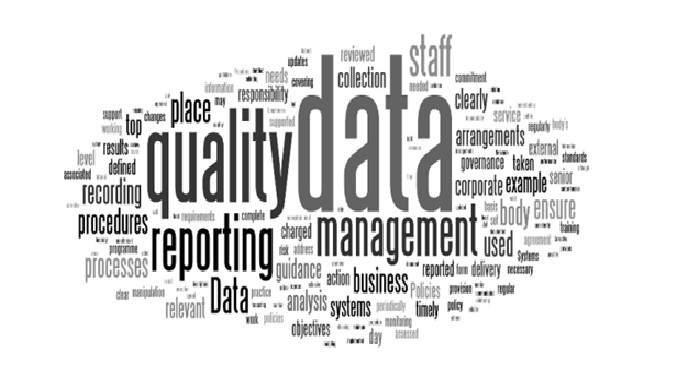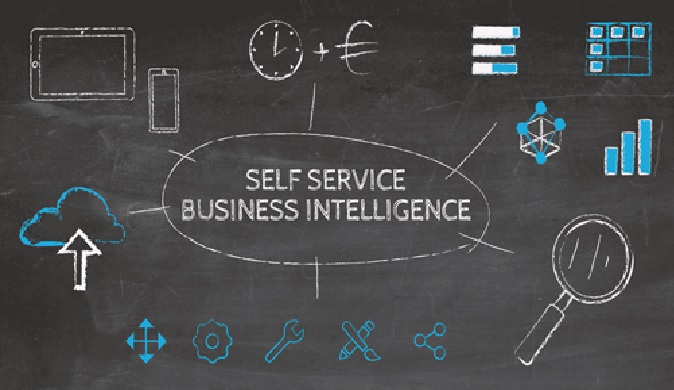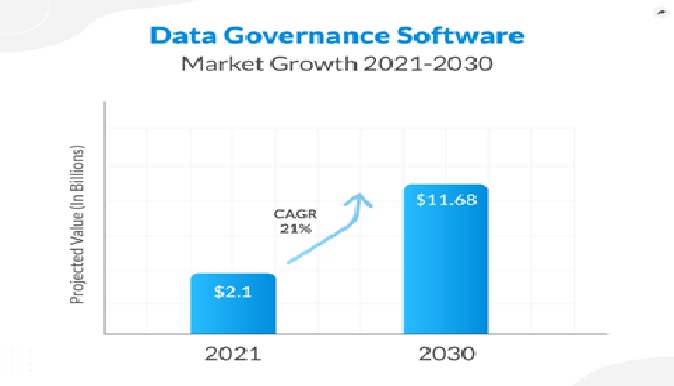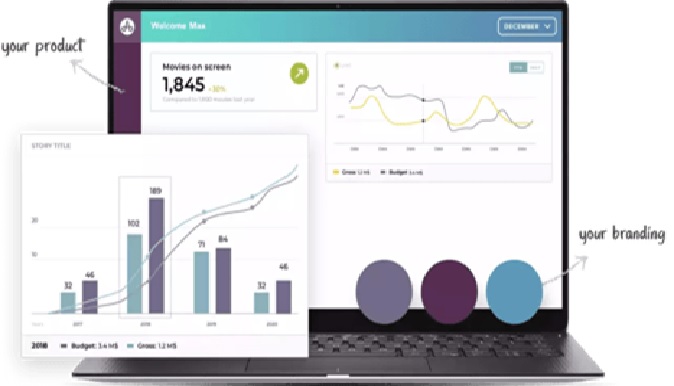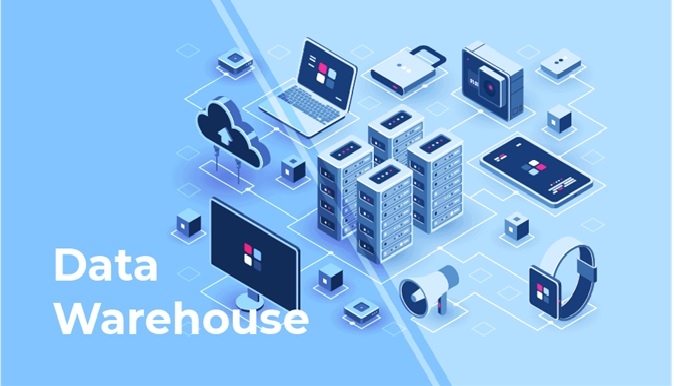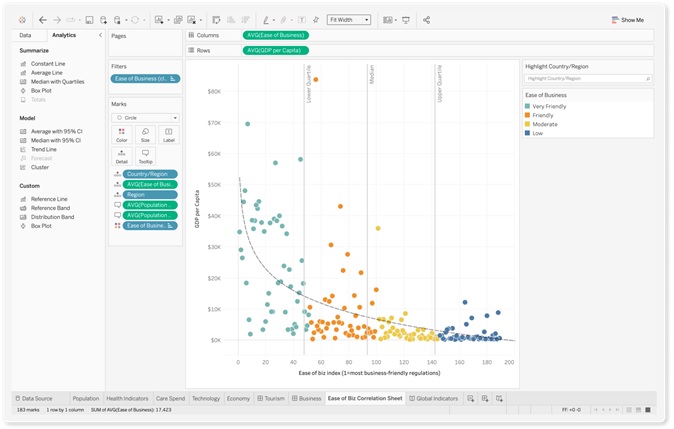Data Integration
Data integration is the process of combining data from different sources, formats, and locations into a single, unified view. The goal of data integration is to make it easier for organizations to access, manage, and use their data, regardless of where it is stored.
Data integration can be a complex process, especially when dealing with data that is stored in different formats or systems. Some common challenges associated with data integration include data quality issues, inconsistent data formats, and the need to maintain data security and privacy.
To overcome these challenges, organizations typically use data integration tools and techniques that enable them to extract, transform, and load (ETL) data from multiple sources into a centralized data repository. This repository can then be used to create a single, unified view of the data that can be accessed and analyzed by different departments and systems.

Figure 1. Integrated data viewed by an organization
Figure 1 shows an example of integrated data viewed by different people in an organization. There are different data integration tools for different data integration methods. A good integration tool should have the following characteristics - portability, ease of use, and cloud compatibility. Here are some of the most popular data integration tools out there:
- ArcESB
- Xplenty
- Automate.io
- DataDeck
- Panoply [1]
Benefits of Data Integration
- Data integrity and data quality
- Easy, available, and fast connections between data stores
- Seamless knowledge transfer between systems
- Better collaboration
- Complete, real-time business insights, intelligence, and analytics
- Increased efficiency and ROI
References:
- https://www.simplilearn.com/what-is-data-integration-article#data_integration_techniques
- https://www.confluent.io/learn/data-integration/
Cite this article:
Hana M (2023), Data Integration, AnaTechMaz, pp.34


